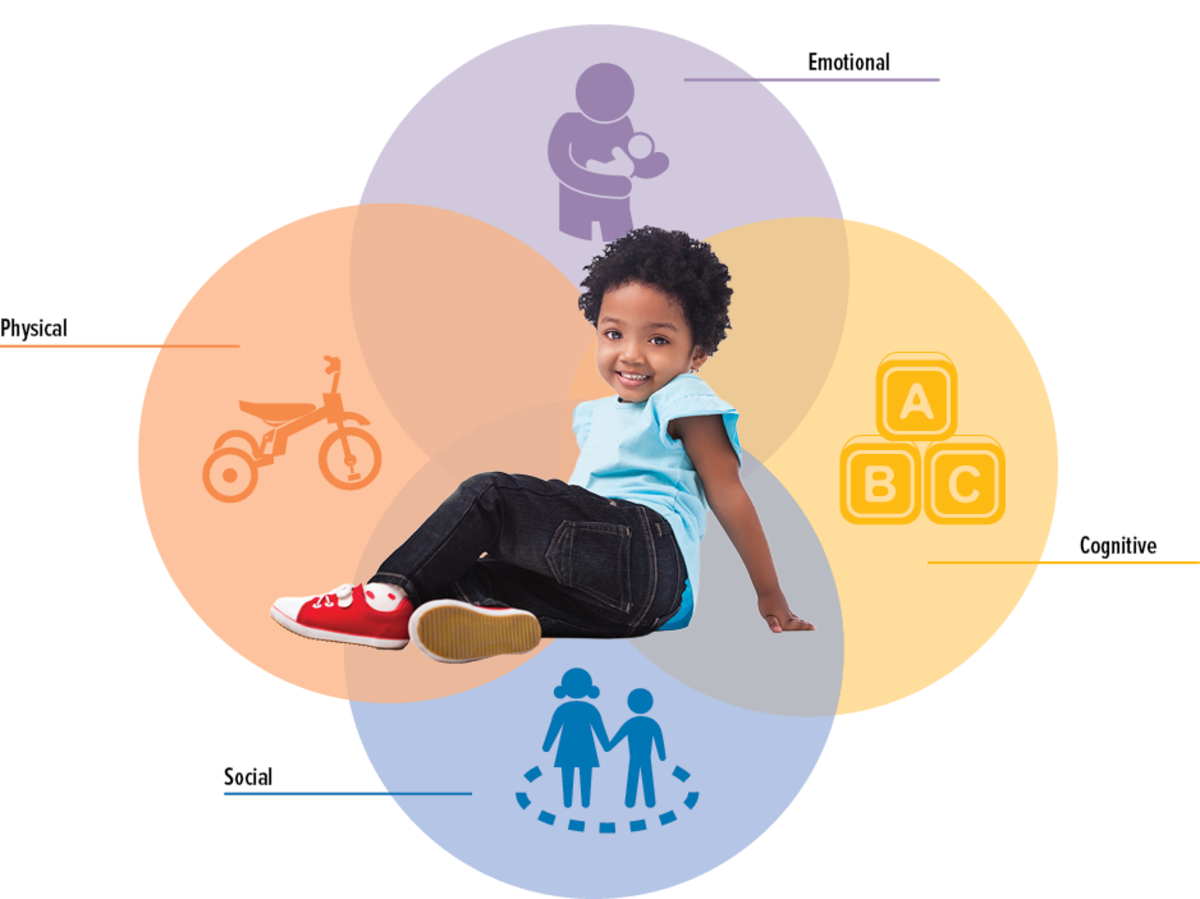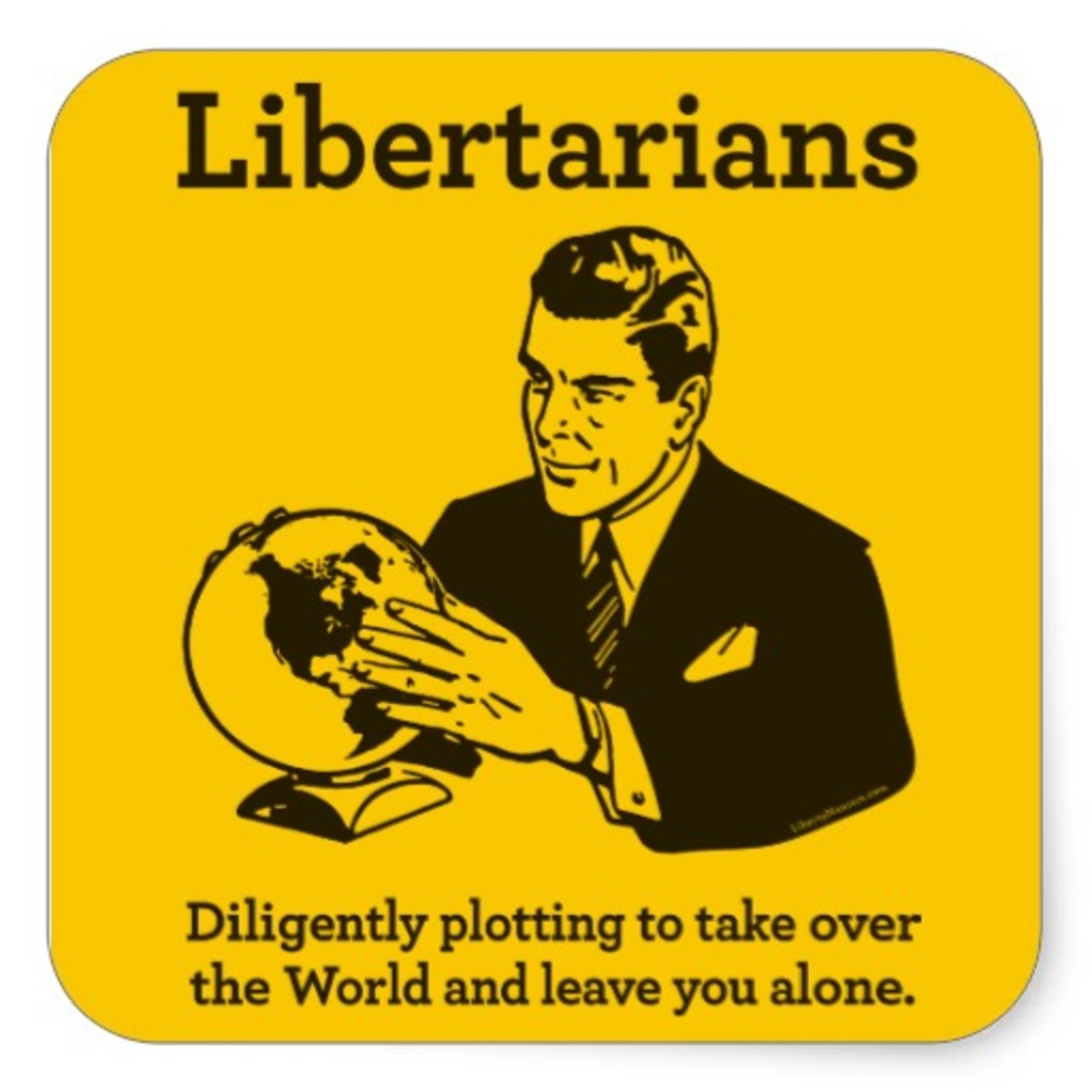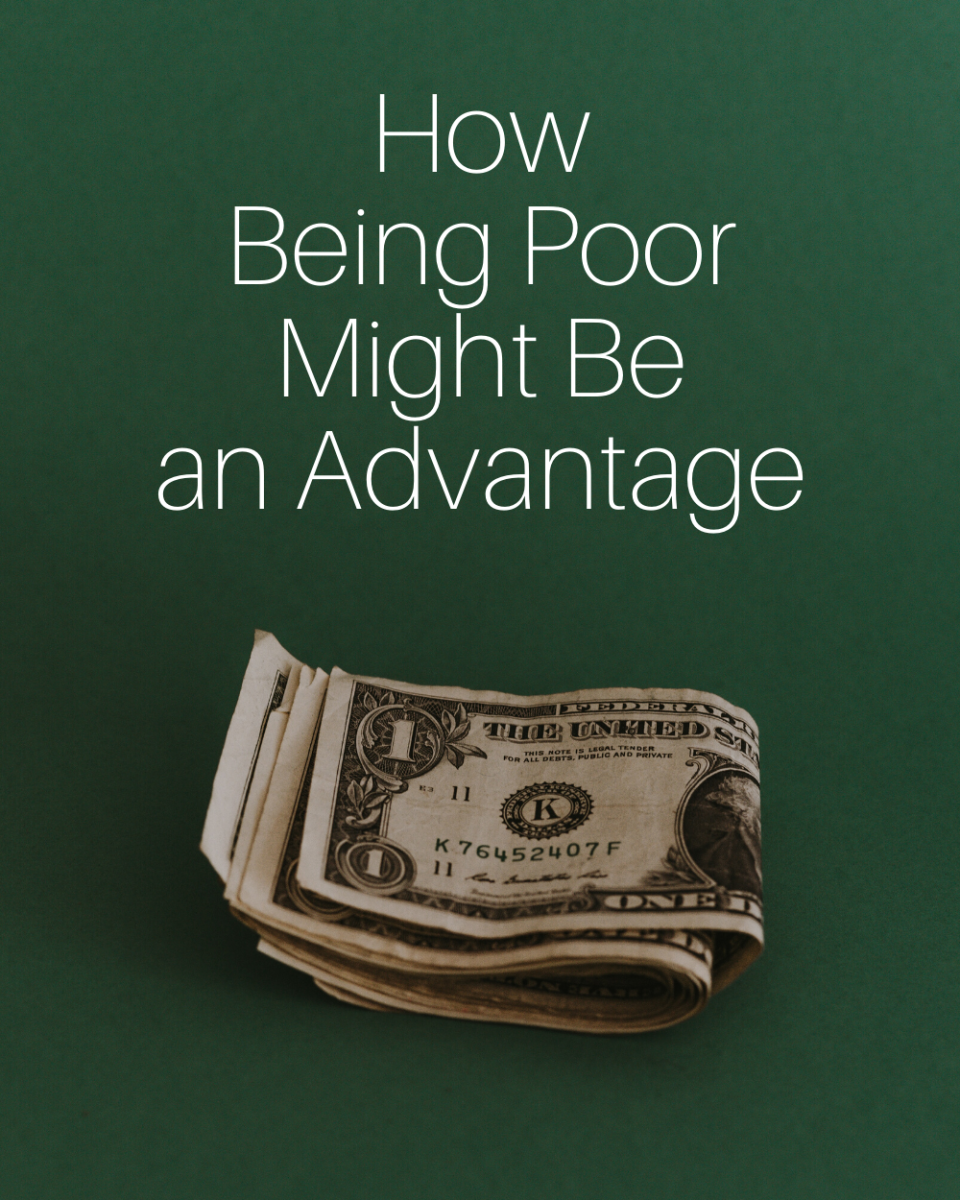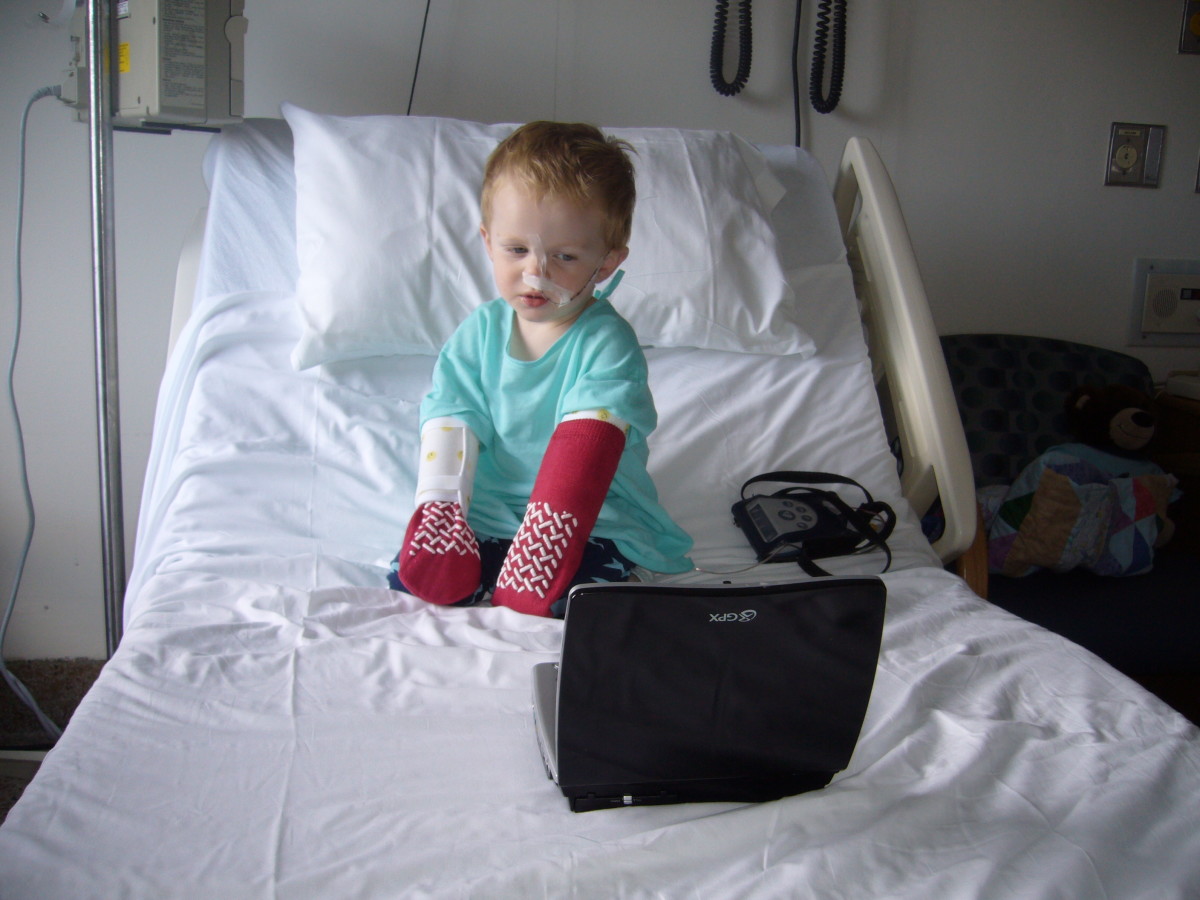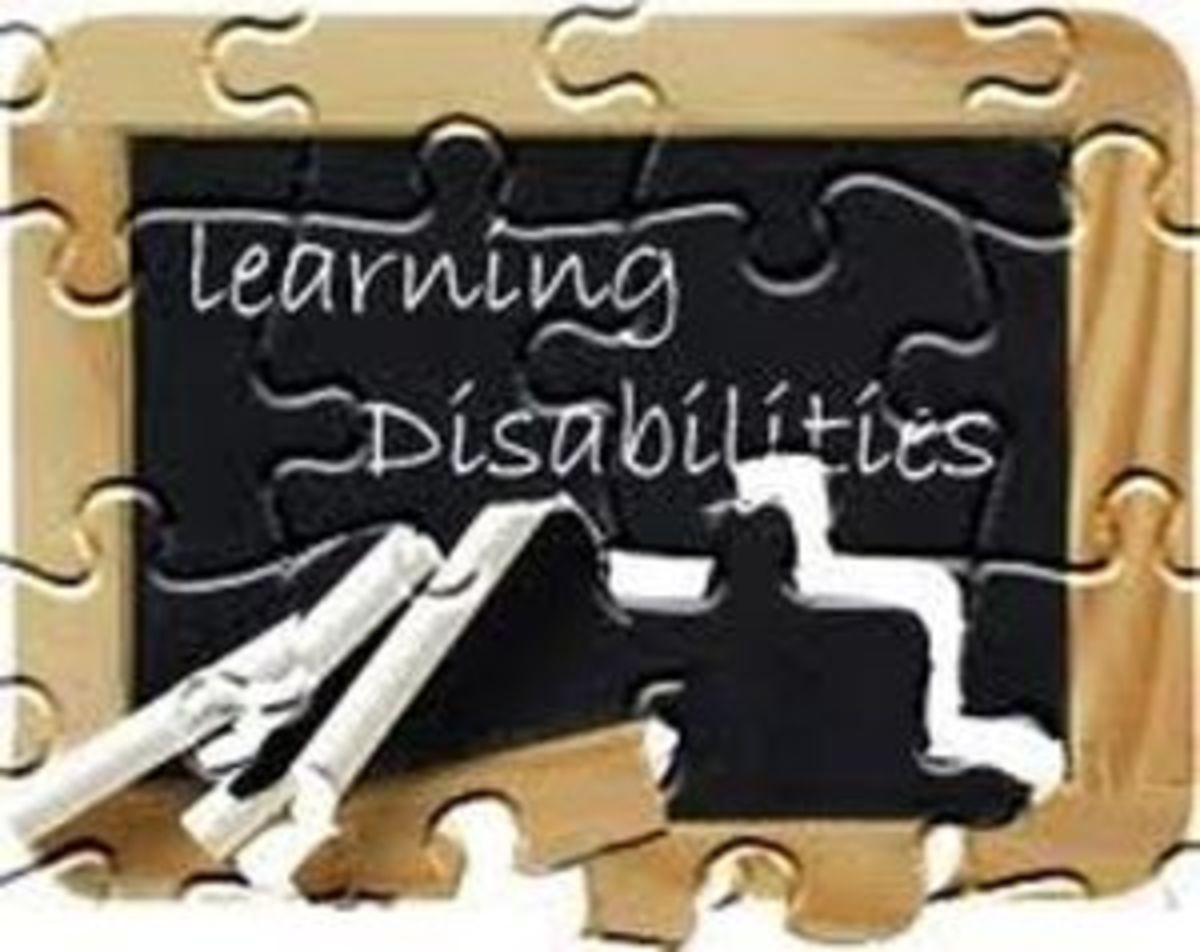Childhood Poverty
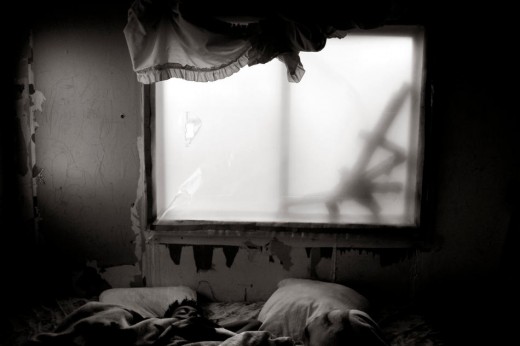

The haunting effects of childhood poverty
23% of all America’s children are currently living in poverty. That’s nearly fifteen million kids dealing with issues of food insecurity and homelessness, lacking proper nutrition, health care, and education. Thus, making child poverty not only a human rights issue but also a serious crisis for our future.
Think about it this way, fifteen years from now at least 23% of the new adult population will not have the necessary foundations for success or positive social contribution. In other words, despite their own attempts to escape it, most of these kids will grow up to be a heavy burden for taxpayers to carry.
People who reside in middle class society often struggle to understand just how much is lost on kids who grow up poor, while in reality growing up below the poverty line has serious, long-lasting, consequences.
Who’s Picasso?
Out to a fancy dinner with the Smith family, Veronica feels poised and confident. She has eaten at this top rated sky-rise many times with her own folks and she knows the layout of the menu as well as all the fancy French terms. Before the first course is served, Veronica has spotted her friend’s father, Mr. Smith, as a fellow art buff. As an Art Major, Veronica wants nothing more than to graduate with a job in the art world, a small and difficult industry to break into. Having been to prestigious art schools from a young age, Veronica can spout off the name of any old painting or artist, their most and least famous works, as well as their methods of madness. Mr. and Mrs. Smith are impressed by their daughter’s college friend, so much so that Mr. Smith agrees to hire Veronica, upon her graduation. Veronica has just used her impressive culture capital to secure a job at what she soon discovers is one of the top antique art analysis companies. *
Veronica is not the only young woman out there with a love for art, millions of women and men alike share the same dream, yet they will never be offered the same opportunity, despite the fact their qualifications and abilities may supersede Veronica’s. Veronica was able to use several forms of cultural capital to get where she now stands; first off, her parents were able to afford prestigious art schools and summer camps, she was able to go to college, well-articulated enough to become close with a very wealthy peer, and by simply exercising her culturally-rich past she was able to impress just the right people.
Although America loves the underdog story, the kid with no capital that grows up to be a capitalistic success, we shine light on these tales far more than they actually happen. Without much money, families can’t afford the hundred and thousands of dollars necessary to enroll their children in say, a sporting organization. With uniforms and travel costs, the idea of food on the table becomes obsolete, forcing children without money to go without team sports and art camps. In return, poor kids get a different sort of capital or knowledge. They learn about conserving food, self-defense, coping mechanisms, gang life, and how to work three jobs and still raise kids. None of this is worthless knowledge, but in our world we don’t value this as we do more middle class ideals of cultural capital; such as fine art, table manners, technology skills, advanced degrees, or vocabulary.
High Cost of Health
One in 10 children is without health care coverage today, although policies are in place to secure the health care of over 95% of America’s children, many structural and political barriers still stand in the way. Leaving innocent kids unprotected and at risk for serious health complications without regular checkups. Being poor, the chance of becoming sick increases, especially with chronic illnesses like asthma that require a lot of special medical treatment.
Asthma has been popping up all over poor communities, parents rushing their uninsured children into the ER as they struggle to breath or suffer a persistent cough. Mold and rat feces, persistent in cheap projects housing, are known to cause asthma and keep many children boomeranging in and out of the hospital. This not only detrimental to the well-being of the child and their family but it is extremely costly to our government who foots these hospital bills the family will never be able to pay. The only beneficiary to this social calamity is the landlord who pockets rent money without making the proper and legal adjustments to their dilapidated property. “Slum lords” are able to run rapid in poor neighborhoods, where a lack of social or monetary security prohibits residents from pursuing claims against a landlord they feel powerless beside.
On top of this, a recent study out of South Carolina found over 3,000 low-income children rushed to the ER for asthma attacks had not been given any take-home medication. A future attack is bound to happen and without a home remedy to cease it, the family ends up right back in the ER. Typical treatment for asthma includes a follow-up appointment and a take-home "controller" medication, which almost always keeps kids from returning to the ER; a quick-winded example of how brushing the poor off as unworthy only creates more expensive problems for everyone.
Health problems keep kids out of school; they interfere with grades, motivation, and overall levels of happiness. One low-income child I worked with complained of headaches for weeks, all because her glasses had broke and her family couldn’t afford to replace them until the following month. The constant squinting and blurred vision had my little fourth grader in a dizzy stoup for days, struggling still to learn the vast amount of material being shoveled her way.
Past and present research tells us poor children, when compared with their middle class peers, have higher rates of anxiety. They worry about violence, their future, and their family. Poverty is not friends with health care, making the struggle for parents even harder when their child is sick and they lack any money or power to do something about it.
Teen Pregnancy & Cultural Decision-Making
While the middle class lives in their own cultural mind frame, so do the poor.
When Rosa*, 17, got pregnant she was elated. With a thin silver band on her engagement finger and her stomach bloated with life, she called her boyfriend at his place of work, the local 7’11, to tell him the news. Rosa and her boyfriend live in the second bedroom of her parent’s inner-city apartment, a place where the road noise is obnoxious and the street violence keeps bars on all windows.
Tasha lives twenty minutes down the freeway from Rosa and her parent’s. She lives in a 1,200 square foot guesthouse; a lavish pool separating her living quarters from her parents large brick home. Just months after her high school graduation, Tasha is packing up her things for college. She leaves in only two days but her stomach is twisted into knots, she feels the barf coming and she knows exactly why; she wishes it were nervous butterflies, instead it's a baby. She hasn’t told her boyfriend yet and she doubts she will. Berkley is waiting for him, UCSB is waiting for her and while Tasha is in a far better financial state to take care of a child than Rosa, Rosa’s blessing is Tasha’s worst nightmare.
Tasha will have an abortion, Rosa will not.*
Later, if Rosa and Tasha were to collide, Rosa might be harshly judged for her choice to have the child instead of going off to school, getting a degree. “I couldn’t afford school.” Rosa might say in defense, to which Tasha would argue, "you could if you didn’t have a baby." But what Tasha doesn’t understand is that neither girl is right,instead a different set of rationalizations and cultural guidelines influenced Tasha and Rosa’s pregnancy decision in the first place.
Pregnancy for a young, middle-class girl is most likely nothing short of devastating, what about college? That scholarship? Young girls in poverty feel they have far less to lose. They’ve likely been given a crappy education and no relative examples of success to imitate. Without role models to lead the way, young women in poverty don’t typically see a future with a big time career and a wall framed by degrees. The end of high school signals the end of their educational career, the next step for them naturally seems to be motherhood. When material possessions and conventional routes of success are cut-off, having a child can seem a great way to gain another asset and have something to love. It seems like an improvement to life, not a roadblock to what’s waiting ahead. When one grows up poor options for the future can be bleak at best, and when one believes that nothing awaits them in the future, a pregnancy can seem a way to change that.
Just as young girls see motherhood as an avenue towards maturity and success, young men see gangs as their route for empowerment and respect. Those in poverty are much more likely to join a gang, the reason impoverished communities are often run by gangs. Only gangs are not made up of mean and evil demons, as the sensational news would have us fooled. From a well-researched standpoint, we learn that gangs are actually composed of oppressed and out rightly angry individuals who have been restricted from conventional means of gaining respect since birth. Being in a gang is an act of survival; it’s a way to feel like something when the world constantly tells you that you are nothing. Gangs are a production of poverty, one social problem breed by another.
Elanie S. Percy conducted research on children in poverty; finding most expressed a fear of the violence surrounding them. Although afraid, the kids were well acquainted with the three main gangs run out of their apartment complex, many of the kids were even relatives of gang members. Gangs are normalized at a very early age for the children who grow up in the thick of the battles. One mother who lives in the projects, reports her children sleep on the ground at night so that bullets don’t hit them if they come through the windows.
If young boys and men can resist the pull of the gang, the group that signifies safety and prestige in low-income communities, they are still susceptible to recruiters. While the wealthier members of the US freight over the safety of their children, the poor- whose kids face a higher chance for danger- take risks they’d never wish to. Forced to work odd hours and multiple jobs, their children are often left to the streets to walk without costly supervision or extracurricular activities. Big time drug dealers see these children as the vulnerable commodity they need. The same children in Percy’s study confided in her that these ‘recruiters’ would seek out kids who had holes in their shoes. They’d then offer to buy them new sneakers and then ask for a favor in return. That favor is trafficking drugs, a far less suspicious act when done by a child. These incidents normalize drug trafficking and solidify it as a regular part of life, a way to make money without busting ones ass and being treated like dirt- the conditions of most low-wage employment. It also puts kids at risk for criminal records they can’t even begin to conceptualize but will be judged on for many years, especially in regards to finding future employment.
Ending the Cycle of Poverty
Unarguably, children are the future. Therefore it’s adamant that we not allow them to suffer the fate of their unearned poverty. Many in the upper classes justify their lack of compassion by blaming the poor for reproducing in the first place. This only dehumanizes those in poverty, belittles them to the point of calling them unworthy of the greatest gift on earth: reproduction. This also does nothing to cease the cycle of poverty. By only holding back resources from poor communities, we are insuring that the children born into poverty remain in poverty. We are only exploding our population of dependents while decreasing our productive, educated population. When more people are uneducated, we have a serious problem; we have a society with more dependents than contributors.
If we don’t learn to understand how poverty actually cycles, free of stigmas and biased ideologies, we won’t gain compassion for the victims trapped inside, disallowing real progressive change to occur. Yet, if our high poverty rates continue at their current rate, the future of our American economy is brittle at best.



